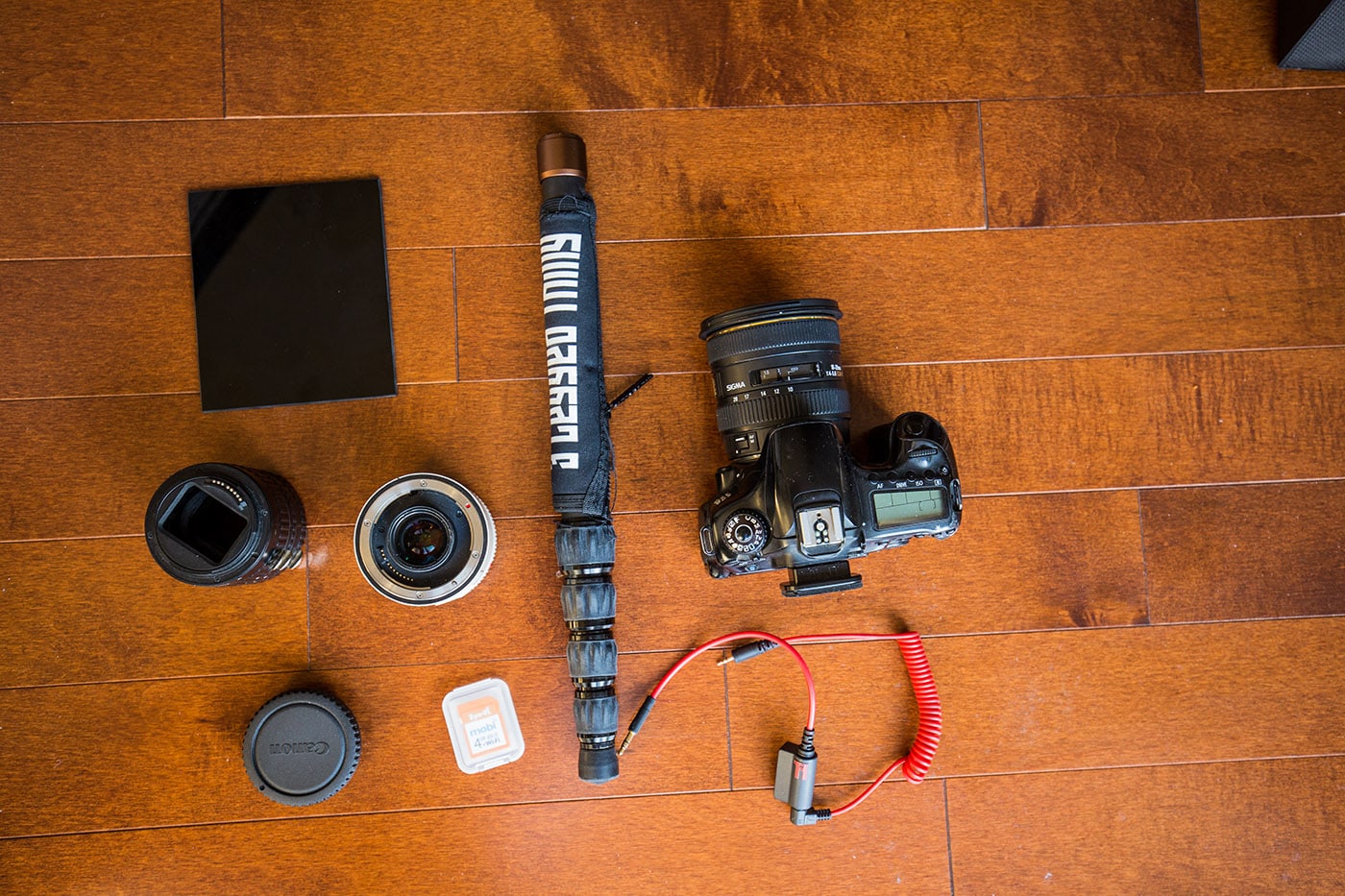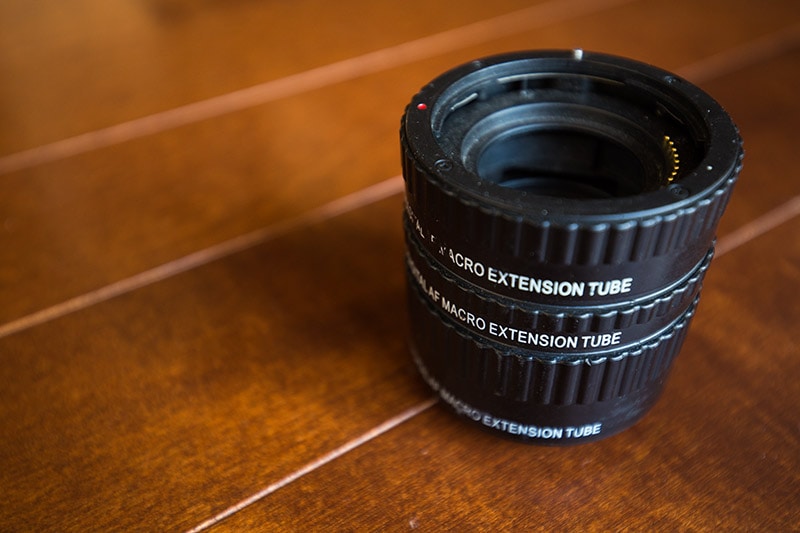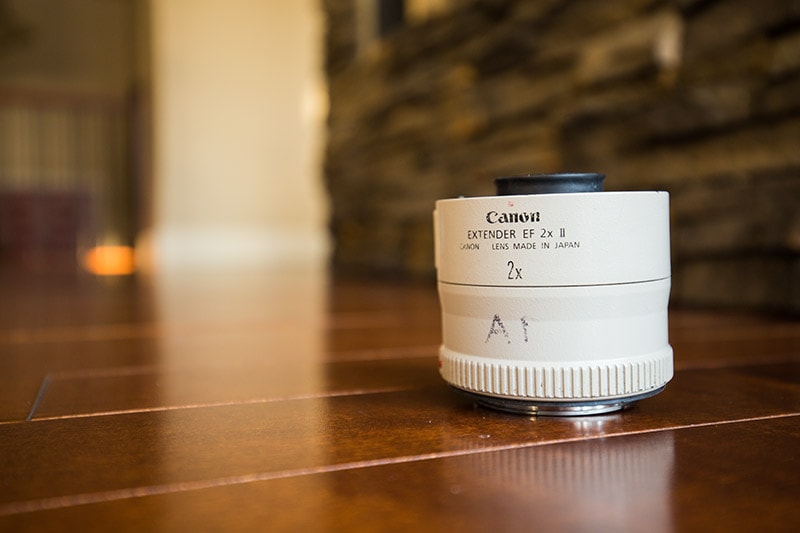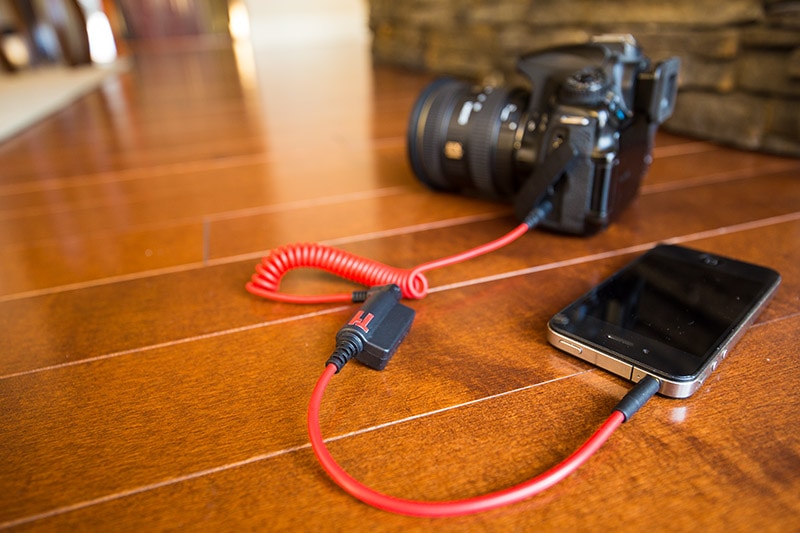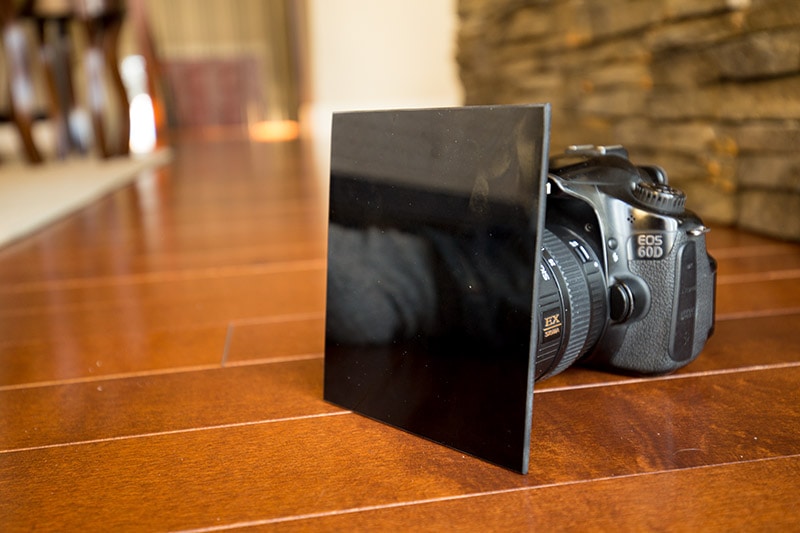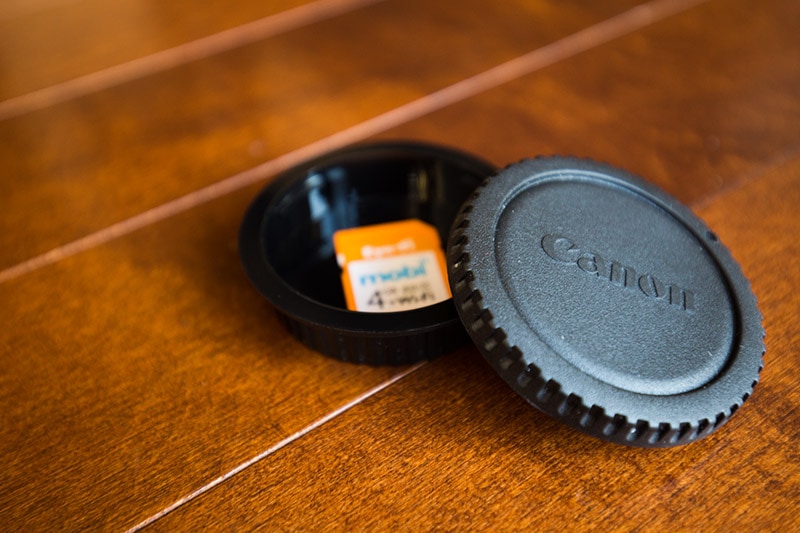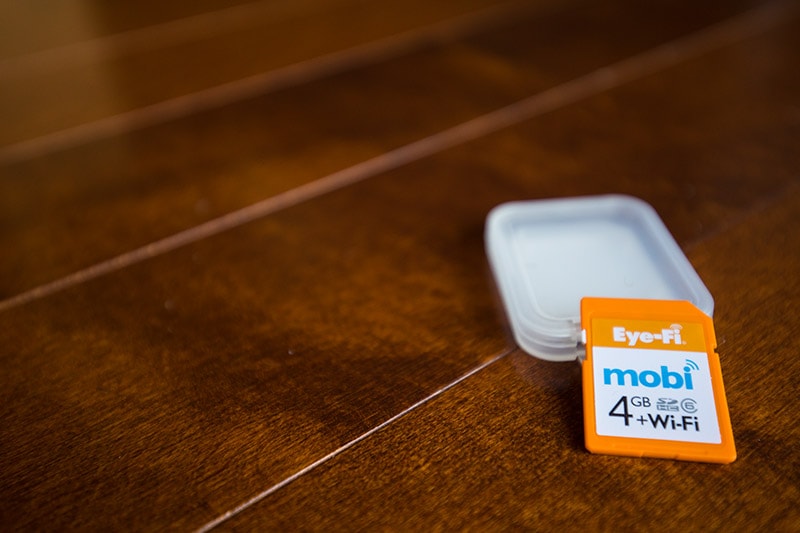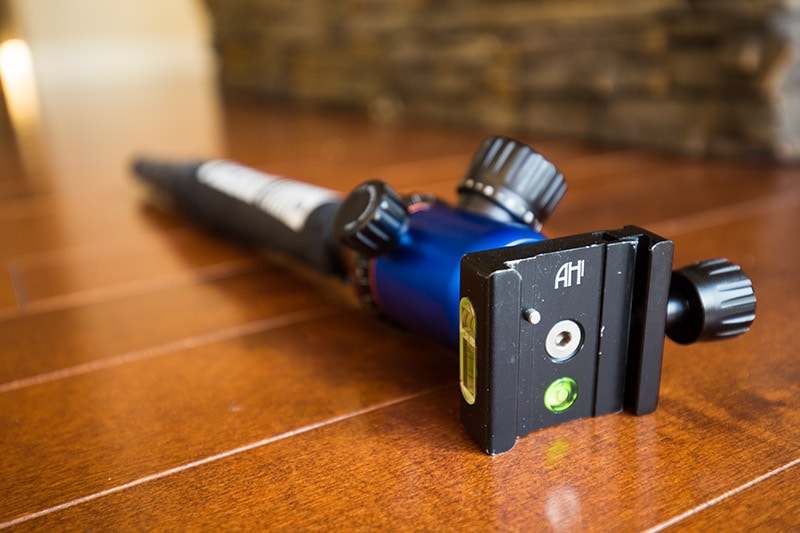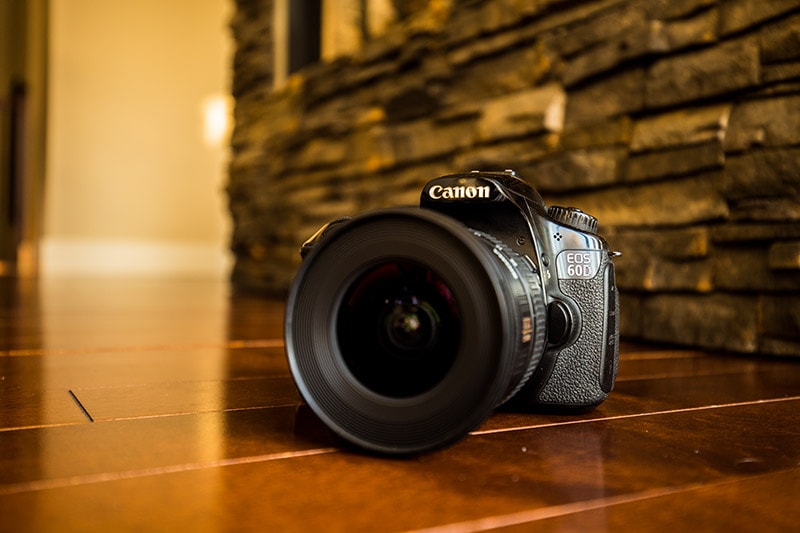When you’re a travel photographer, whether professional or amateur, there are always a lot of concerns regarding cost and space. Photography gear is extremely expensive, obviously, so when purchasing gear we have to take these things into account. And when it comes to space, well, you can’t travel with everything you own no matter how much money you have. Thus, there are a number of travel photography hacks that people like myself use in order to save themselves both money and space. Some of these items are a bit of a compromise in terms of quality, but all of them have major advantages.
Check out, my 8 useful and money-saving travel photography hacks.
1. Macro Extension Tubes
Macro extension tubes are something that I’ve had in my photography gear for ages. Essentially, what they do is take your lens farther away from your sensor allowing you to focus closer to your subject. They only cost about $50 and though they might not let you get as close to the subject as easily as a 100mm f/2.8 IS macro lens, it will save you about $1000. Disadvantages: Gather less light; don’t always work well with auto focus.
2. 2x or 1.4x Extender
For those who are interested in wildlife photography, a 2x or 1.4x extender can be a great option for pushing your focal length farther without paying for more glass. For example, throw a 2x extender onto a 70-200mm lens and all of a sudden you have 140-400mm. If you were to purchase a 100-400mm lens on it’s own, it would cost you about $2000. Thus, if you already have a 70-200mm, it doesn’t make sense to buy another similar lens when you can add an extender for between $200-400 depending on the brand.
Disadvantages: Image quality is softer; lose aperture range (2x makes an f/2.8 lens f/5.6); autofocus is slower.
3. TriggerTrap
Well the other photography hacks in this article are a bit of a compromise when it comes to quality of the end product, that is definitely not the case with the TriggerTrap. The TriggerTrap is essentially a dongle which connects your smartphone and your DSLR. Then, using the app you download free to your phone, you’ve got some amazing controls enabled such as timelapse, remote shooting, noise activation and much more. Now, well a typical intervalometer costs about $120, the TiggerTrap costs about $35 and does 4 times as many things. It saves space and money.
Disadvantages: The only minor issue is that it can drain your smartphone battery if you use it for an extended period of time.
4. Welding Glass ND Filter
This is perhaps the oldest photography hack in the books. If you head down to your local welding store, you should be able to pick up a piece of welding glass for about $5-10. That welding glass can be used in the same way as an ND filter does to reduce the amount of light hitting your sensor and allowing you to slow down your shutter speed. And with top of the line 10-stop ND filters cost between $200-400, this is a great option if you’re just wanting to mess around a bit with long exposures or if you’re in a pinch and need something desperately.
Disadvantages: The colour is way off using welding glass. You usually get a tint. However, that can be adjusted in post-processing, usually.
5. Lens Cap Case
If you take the back cap of your lens and the front cap off your camera body, which you’d do to put the lens on the camera, that leaves you with two stray pieces of plastic. However, an old travel photography hack is to screw the two together and use them to hold things. Most people, myself included use this new found storage space to hold their memory cards. I can fit about 4 memory cards into my camera cap case. And, if you’re going to have these two stray pieces hanging in your gear anyways, why not make use of them and save the $20 you have to spend on a memory card holder.
Disadvantages: Don’t hold the cards in place, they can bounce around a bit.
6. EyeFi Memory Cards
Another hack for those of you who don’t have WiFi enabled cameras are the EyeFi Memory Cards. Essentially what they do is turn your camera into a DSLR device. Using the free app on your smartphone or tablet, you can then send the images from your camera to your mobile device using the WiFi capabilities directly. Then, out in the field, you can share your images directly to your social media channels. EyeFi cards cost slightly more than a regular SD card, but not by much at all.
Disadvantages: Are a bit slow for high-quality video shooting.
7. Monopod/Tripod Combo
Versatility is everything when it comes to travel photography gear. And, if you remember my review of the Three Legged Thing travel tripod, you’ll know that this is one thing I really value in gear. Well, a great space saving hack is getting a travel tripod that works as a monopod as well as just a tripod. Being able to peel one leg off your tripod to use as a monopod, as you can with the Three Legged Thing Brian that I own, is a huge advantage if you shoot a lot of monopod-stabilized photography. By having something that does both, you save yourself the $100 your have otherwise spent on a monopod, too.
Disadvantages: Not as tall as a regular monopod; not quite as sturdy, either.
8. The Crop Sensor Advantage
One hack that travel photographers don’t talk about as much as they probably should is the crop sensor advantage. Not only does crop sensor shooting make a bit of sense in the price category, but it also extends your versatility and the range of your lenses. For example, if I shoot a 70-200mm lens on a crop sensor like my 60D I basically extend the range to 112-320mm which is great for wildlife photography. When if comes to price, the lenses for crop sensors are cheaper too. My 10-20mm lens cost about $400, whereas my 16-35mm lens (which is essentially the same range when you factor in the 1.6x crop factor) is about $1200. Of course, the quality of the full frame glass is better, but $800 better? I don’t know.
Disadvantages: Cropped sensors handle noise horrendously. Most aren’t built as well: plastic vs. magnesium alloy.
What’s Next on the Photography Blog?
We were hit with about a foot of snow here in Alberta which put a bit of a damper on a couple things I wanted to do. However, it set the stage for the start of ski season. So, look for a couple more review style articles then we’re going to hit the slopes for ski season and do some action sport photography along the way. Then, we’re off the United States for a bit before hitting up South America in the new year where I’ll be running an awesome travel photography workshop! Stay tuned.

